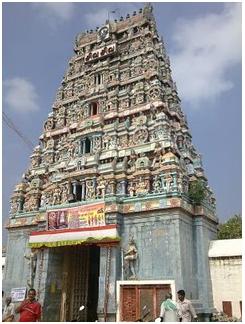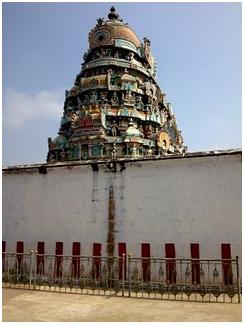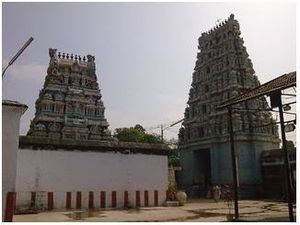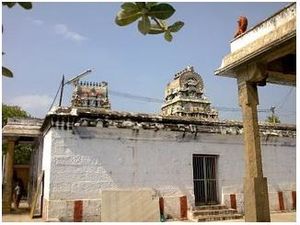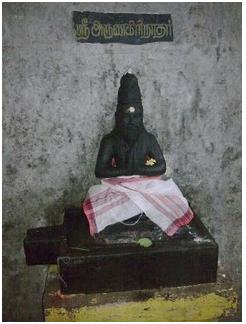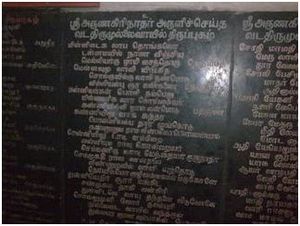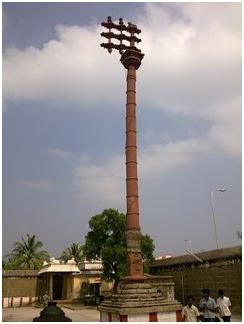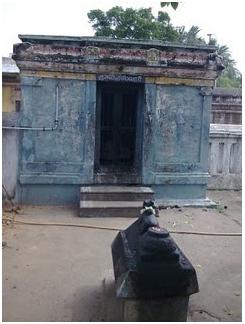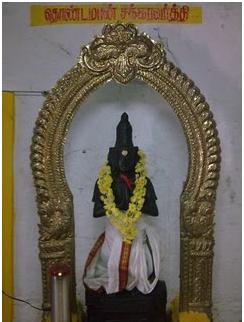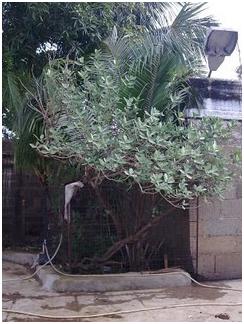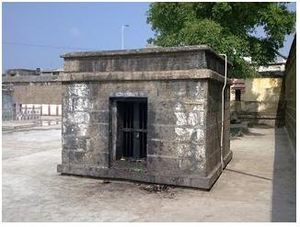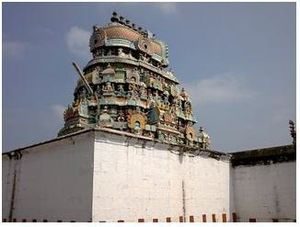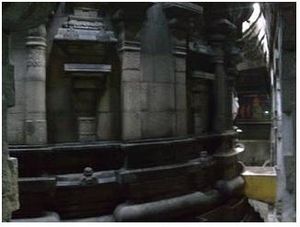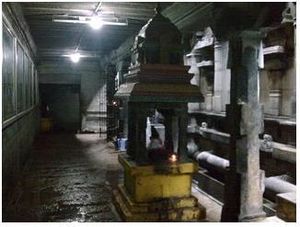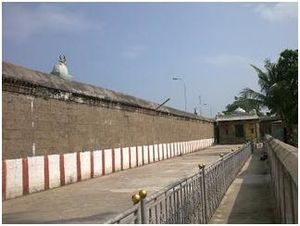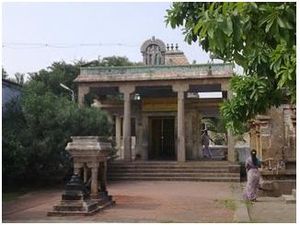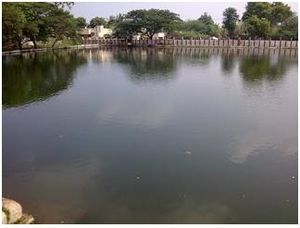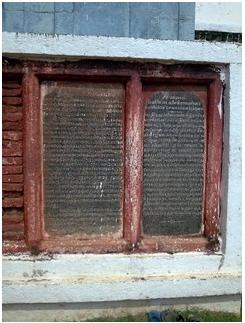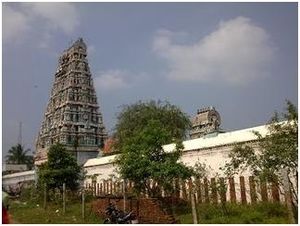Thirumullaivayil Sri Maasilaamaneeswarar
Thirumullaivayil is situated at the northwest suburbs of Chennai and is about 12 kms from the Padi Junction. One can reach Thirumullaivayil after crossing Ambathur and taking right driving about 5 kms.
Thirumullaivayil has an ancient Shiva Temple dedicated to Lord Shiva called Sri Maasilaamaneeswarar. Among the 32 temples which are sung by Nayanmars in Thondai Mandalam, Thirumullaivayil stands 22nd of them. The Goddess here is Sri Kodiyidaiamman.
Legend has it that, there were two evil kings called Vaanan and Onan who belonged to the community called Kurumbars. These two Kurumbars were giving constant trouble to the then ruling king called Thondaimaan.
Thondaimaan, waged a war against Kurumbar to suppress them from creating trouble to his peaceful kingdom. These Kurumbars fought against Thondaimaan with the help of Sri Bhairavar. The King Thondaimaan, returned unsuccessfully after fighting with Kurumbars. On his way, when he was riding on an elephant, he found that the jasmine creepers encircled his elephant’s leg and obstructed his way. The king angrily whipped his sword on the creepers and blood started flowing from the place where he whipped.
The king got down from his elephant and found that there was a Shiva Lingam and he had whipped his sword on the Lingam itself and hence it was bleeding. Thondaimaan felt guilty of his deed and tried killing himself with his sword. Lord Shiva gave dharshan to Thondaimaan and said that though He was injured by the king’s sword, He would be giving dharshan without any scar on His idol and hence he would be called Maasilaamaneeswarar. (God, without any scar).
Lord Shiva, also directed His Nandhi to accompany the king to help him win the war. Hence Nandhi here is seen facing the opposite direction instead of facing Lord Shiva in the sanctum.
The king, Thondaimaan, who won the battle against kurumbars (Vaanan and Onan) destroyed their forts and brought two (Vellerukku) pillars from there and installed them to form a temple for Sri Maasaalaamaneeswarar. Even today, one can find two strong (Vellerukku) pillars in front of the sanctum of Lord Sri Maasilaamaneesarar.
Another feature of this temple is, both the Lord and the Goddess are be facing east as the Lord gave dharshan to Thondaimaan in a hurry, on his way from the battle field. Usually, one can see the Goddess on the left side of the Lord and here She is seen on the right side.
It is said that when full moon day and Friday fall on the same day, it is auspicious to worship Sri Thiruvudai Amman at Melur in the morning, Thiruvotriyur Sri Vadivudaiamman in the noon and Sri Kodiyidaiamman here in the evening, on the same day, which is equivalent to the pilgrimage to Kaasi and Raameswaram.
The Lord here is not performed any Abhishegam,as he has an injury on his body caused by the king blowing his sword. Only the Sandhana Kaappu (Sandal Paste) is applied on the Lord throughout the year and once a year during the Thamizh month of Chithirai on the Sadhayam star day, a new Sandhana Kaappu is applied again to the Lord.
Ancient saints like Sri Arunagirinaadhar, Sri Sundharar and Sri Vallalaar have visited this temple and have sung praise on the Lord here. Sri Arunagirinaadhar has sung a special Vada Thirumullaivayil Thiruppugazh here, which is inscribed on stone in the temple.
The temple is built on a very vast space and has very wide praakaarams. The entire structure is too ancient that one can easily feel the age and divinity of the temple.
A tall Dhwjasthambham (flag staff) in front of the sanctum, adds glory to the whole temple.
Nandhi is seen facing east instead of facing the Lord.
Around the praakaaram, there are shrines for Lord Ganesha and Sri Balasubramanyar.
There is a separate shrine for Kusalavapureeswarar on the outer praakaaram (might have been worshipped by Lava and Kusa, the sons of Rama, as there are many temples around Chennai, worshipped by them).
There is also a separate shrine for Sri Bhairavar on the outer praakaaram.
The sanctum and the Vimaanam are of Gajabrishta shape, which looks like the back of sleeping elephant.
The Koshta Moorthies give Dharshan at their respective directions around the inner praakaaram.
There is also a statue for Sri Thondaimaan Chakravarthy at the praakaaram, who built this temple.
The Sthala Viruksham for this temple is Vellerukku which is seen at the outer praakaaram.
The Theertham for this temple is Kalyaana Theertham, which is huge and beautiful , present opposite the temple.
A beautiful 16 pillared stone mandapam is present in front of the temple, facing the entrance.
There is also couple of ancient inscriptions dating about 1915 and beyond, mentioning about the donations made to the temple welfare by one Pachaiyappa Mudaliar & a lady called Chellammal for the maintenance of the temple. This wonderful temple is within the easy reach from Chennai city and is worth spending a day.

